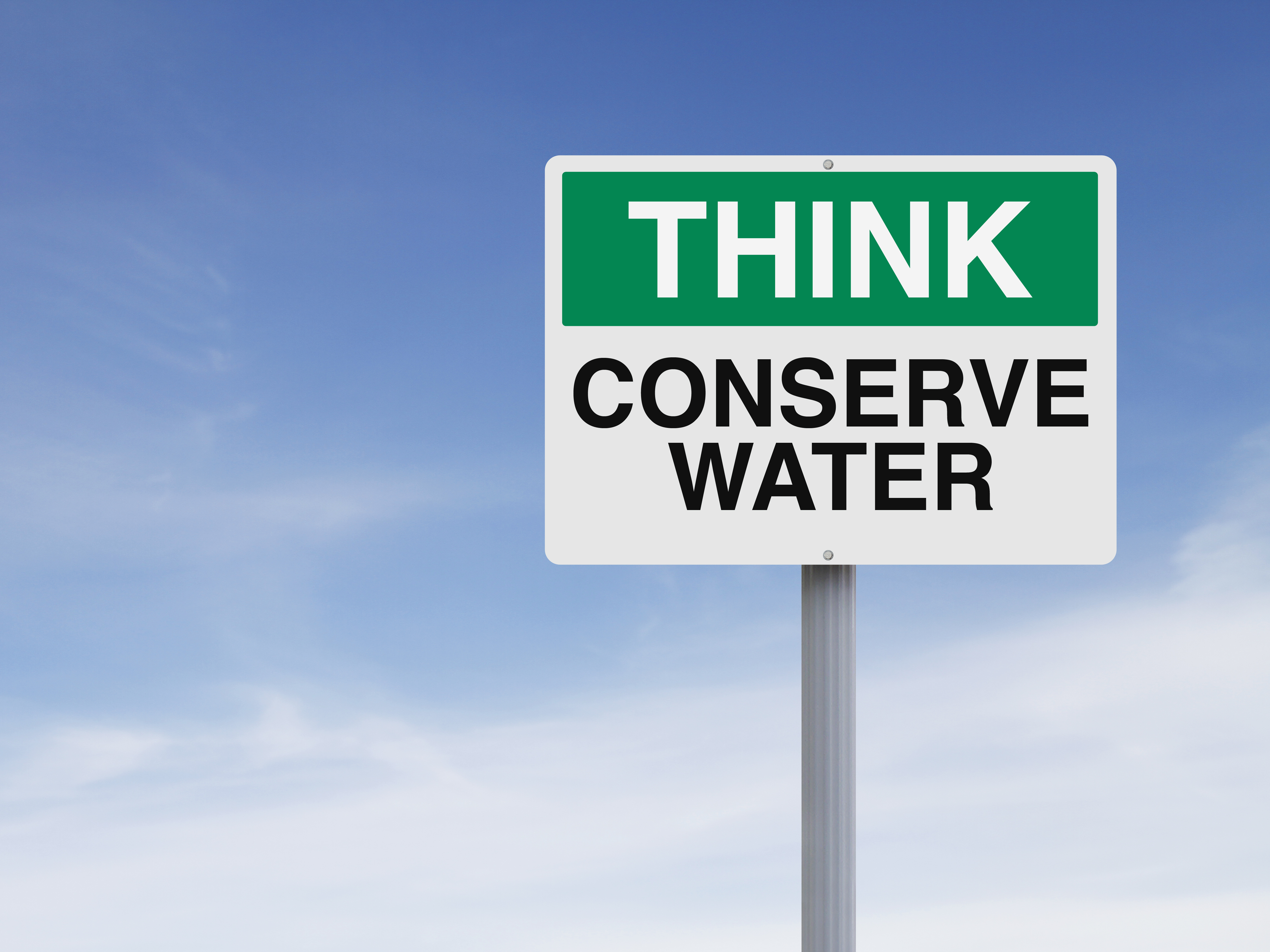
posted by
categories
You can reduce water waste by managing when you water and how much you apply. Check out these easy tips:
- Avoid watering during the hottest, windiest time of day. Early morning is usually best.
- Use “cycling” to avoid run off when watering turf areas with sprinklers. Pause during waterings to allow time for water to soak-in. It may take 2-3 cycles to water turf without run-off rather than applying the entire amount all at once.
- Understand ET. Evapotranspiration is the amount of water that is evaporated from the soil and transpired through the plant’s leaves. This amount of water needs to be replaced through watering. If you know your area’s Et rate, you can plan the amount of water to be replaced through irrigation. Check with your local water district, weather bureau or cooperative extension service and ask about your Et rate. However, your particular microclimate will also affect evapotranspiration in different areas of your yard. Ask us about Smart Controllers that use an on-site sensor to determine ET automatically.
- Avoid applying water to hardscapes and areas where plants aren’t growing. Significant run-off can occur when water is sprayed on sidewalks and driveways. This can wash fertilizers and pesticide residues into storm drains and thereby into streams, lakes or oceans.
- Revise your watering schedule as the seasons change. Over-watering is most common during fall months when summer timer settings have not been adjusted to the cooler temperatures.
- Check plant moisture levels regularly. Make sure root zones are moist to a depth of 6-12” for turf, flowers and vegetables, 12-24” for shrubs and groundcovers, 2-3’ for trees. Water applied below the root zone is not accessible for plant growth and therefore is not effective.




